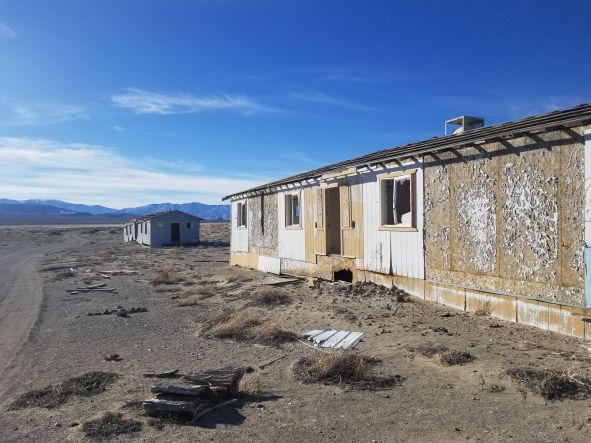What is a Brownfield?
EPA: A brownfield is a property, the expansion, redevelopment, or reuse of which may be complicated by the presence or potential presence of a hazardous substance, pollutant, or contaminant. It is estimated that there are more than 450,000 brownfield sites in the United States. Cleaning up and reinvesting in these properties increases local tax bases, facilitates job growth, utilizes existing infrastructure, takes development pressures off of undeveloped, open land, and both improves and protects the environment.
Legal: Real property - the expansion, redevelopment, or reuse of which may be complicated by the presence or potential presence of a hazardous substance, pollutant, or contaminant. Cleaning up and reinvesting in these properties protects the environment, reduces blight, and takes development pressures off greenspaces and working lands.

Brownfield Examples
• Ilegal dumping/failed landfills
• Storage of petroleum hydrocarbons
• Gun ranges
• Mining/industrial sites
• Any site with compromised current conditions due to a historic use
Why is this a Problem?
• Brownfield sites can often be located on land with significant industrial or commercial potential.
• The cleanup of brownfield sites can often limit economic development.
• Adding economic development incentives to brownfield sites can facilitate environmental protection of the community and create incentives for land restoration.
• The brownfield process can make the identification, assessment and management of contaminated sites more efficient.
• The implementation of a brownfields program can reduce pressure on development of greenspace and open space.
What is the EPA Brownfields Program?
EPA's Brownfields Program is designed to empower states, tribes, communities, and other stakeholders in economic redevelopment to work together in a timely manner to prevent, assess, safely clean up, and sustainably reuse brownfield sites.
Program funds can be used to identify and assess brownfields sites, improve community involvement, and even cleanup contaminated sites. There are also training funds, regional grants, and loans that cross over to the private sector.